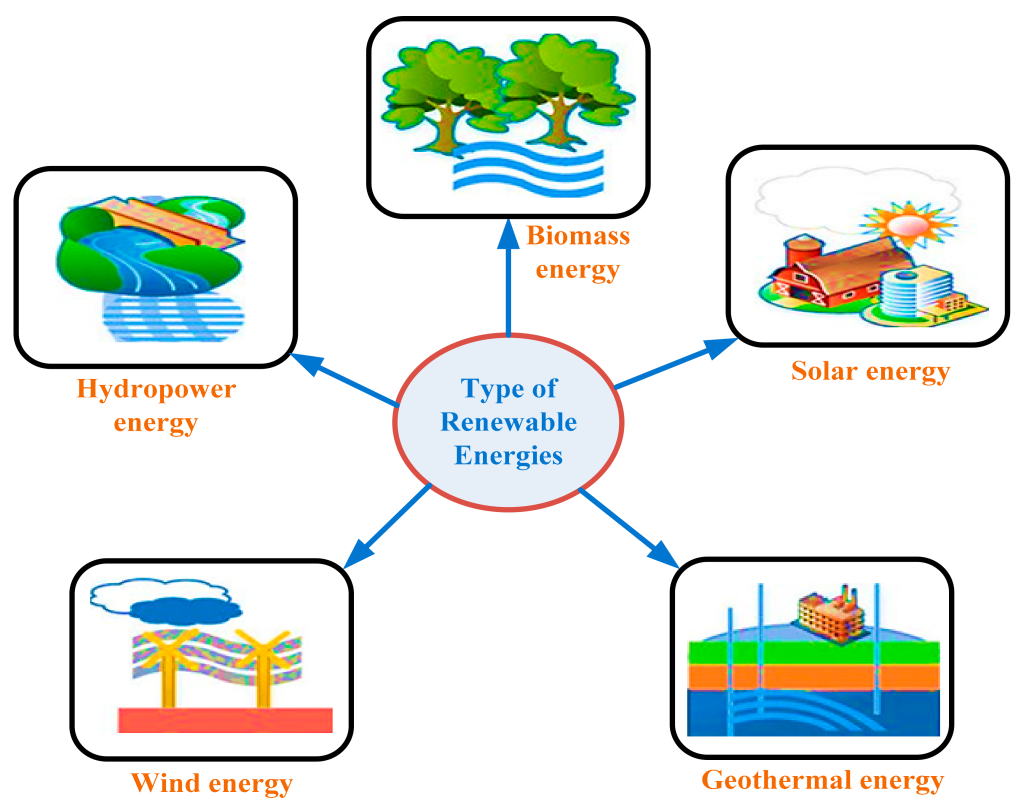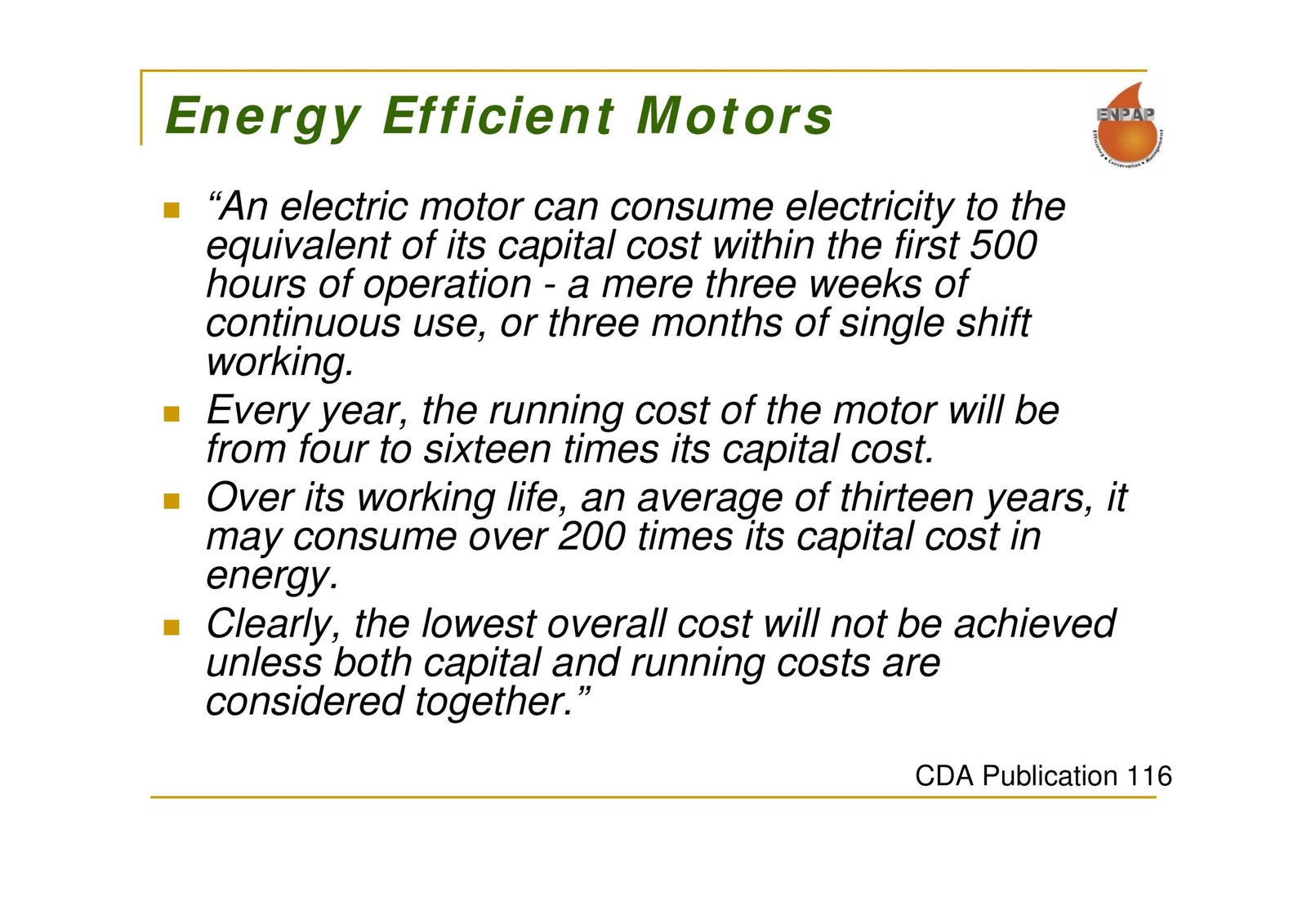[ad_1]
Exploring the Benefits of Power Caps: How Energy Limitations Can Drive Efficiency
In today’s fast-paced world, where technology is a core part of our lives, the demand for energy continues to grow exponentially. With more devices and appliances being introduced every day, our reliance on electricity is increasing at an unprecedented rate. This surge in energy consumption has led to a pressing need for finding ways to improve efficiency and reduce waste. One approach that has gained traction in recent years is the implementation of power caps.
Power caps, also known as energy caps, are limits set on the amount of electricity that devices or appliances can consume. This concept works on the principle that by restricting the maximum power consumption, energy efficiency can be maximized. While this may seem counterintuitive at first, the logic behind it is simple: when faced with limitations, we are driven to find innovative solutions to optimize performance.
One of the key benefits of power caps is that they encourage manufacturers to develop more energy-efficient devices. When there are no restrictions on power consumption, manufacturers tend to prioritize other features, such as performance or aesthetics, over energy efficiency. However, by imposing a power limit, they are forced to redesign their products to operate within those boundaries, leading to the development of more energy-efficient technologies.
Furthermore, power caps can drive innovation and spur technological advancements. When faced with limitations, engineers and scientists are challenged to think outside the box and find creative solutions to optimize power usage. This often leads to the development of new technologies and techniques that not only reduce energy consumption but also enhance overall performance. By setting power caps, we provide a framework that encourages the research and development of innovative solutions for a more sustainable future.

Moreover, power caps can have a significant positive impact on the environment. The reduction in energy consumption directly translates into lower emissions of greenhouse gases, which are a major contributor to climate change. By implementing power caps, we take a proactive step towards reducing our carbon footprint and mitigating the adverse effects of global warming. This is especially relevant considering the urgent need to transition to cleaner and more sustainable energy sources.
Besides environmental benefits, power caps can also lead to considerable cost savings for both individuals and businesses. By curbing excessive energy consumption, electricity bills can be significantly reduced. Moreover, businesses can save on operational costs by adopting energy-efficient practices. This includes investing in energy-efficient equipment, optimizing energy usage, and implementing smart energy management systems. These cost savings not only benefit individuals and businesses but also contribute to the overall economic growth of a nation.
Implementing power caps can also have a positive impact on energy infrastructure. As energy consumption continues to rise, the strain on existing power grids and infrastructure increases as well. By encouraging energy efficiency through power caps, the demand for electricity can be managed more effectively. This can reduce the need for costly infrastructure upgrades or the construction of new power plants, ultimately improving the reliability and stability of the overall energy grid.
However, it is important to strike a balance when implementing power caps. Arbitrary or excessively strict limits may hinder innovation and hinder technological advancements. Therefore, it is crucial to involve manufacturers, researchers, and policymakers in the process of setting power caps. Collaborative efforts and dialogue can ensure that the limits are reasonable, feasible, and foster innovation rather than stifling it.
Boruto: Unraveling the Continuation of Naruto’s Legacy
In conclusion, power caps offer a unique approach to drive energy efficiency by limiting the amount of electricity that devices or appliances can consume. This concept encourages manufacturers to develop more energy-efficient technologies, drives innovation and technological advancements, reduces environmental impact, and leads to cost savings. By striking a balance and involving stakeholders, we can harness the benefits of power caps to create a more sustainable and efficient energy future.
[ad_2]










